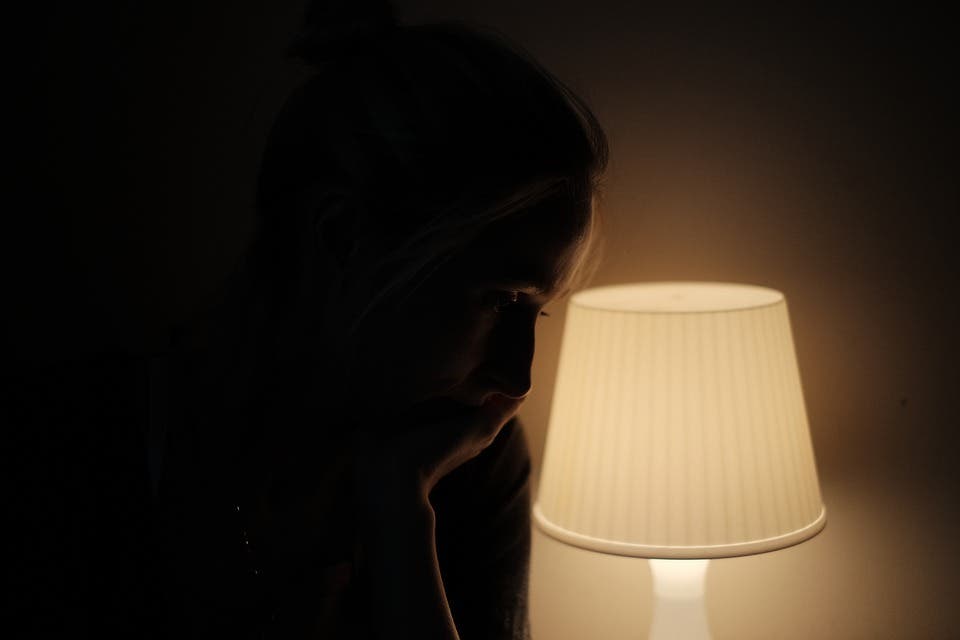Bright white light seems to alleviate the depression end of the bipolar disorder spectrum, according to a new study published in the American Journal of Psychiatry.
Psychiatrists at the Feinberg School of Medicine at Northwestern picked up on recent research that found bright light can sweeten the mood in people showing symptoms of Seasonal Affective Disorder, or SAD. Sometimes called the winter blues, SAD is thought to be triggered by dark days when the little sunshine doesn’t produce enough serotonin in the skin. With this in mind, scientists have devised therapies involving bright white artificial light that mimics the kind of natural exposure we see during a long summer day in the northern hemisphere.
The team led by Dorothy Sit wanted to investigate whether or not the same kind of light therapies can work against depression in patients with bipolar disorder. They enrolled 46 patients who each had at least moderate bipolar disorder. Half were instructed to use a lightbox or ‘happy box’ which they had to place about a foot from their face. The other half were given a dim red light placebo. All patients were instructed to continue with their medication as usual. To minimize bias, the placebo group was also instructed not to search online for anything related to ‘light therapy’ nor should the participants discuss the experiment among themselves.
Bipolar disorder, also known as manic depression, is a mental disorder characterized by periods of depression and periods of elevated mood. People experiencing bipolar disorder can have:
- depressive episodes: low mood, feelings of hopelessness, extreme sadness and lack of interest and pleasure in things
- manic or hypomanic episodes: extremely high mood and activity or agitation, racing thoughts, little need for sleep and rapid speech.
The new study’s participants were tasked to start their light therapy each day at noon, first for 15-minute sessions and later incrementally increased until they reached a 60-minute/day dose. No one asked the participants to stick their heads in a lightbox, though. Rather, they just had to stay exposed for the specified interval of time while they carried out normal activities, like reading.
After six weeks, 68 percent of the patients using light therapy showed remission of depression compared to only 22 percent in the placebo group.The bright-light patients could return to work, take care of their homes, and function normally.
Sit and colleagues caution, however, that despite these promising results, they do not advise people try light therapy on their own. Previous research found that light therapy performed in the morning can trigger manic episodes in patients with bipolar disorder. While bipolar patients stay on the depressed end of the spectrum most of their time, the manic phase can be even worse for the patient’s psychological well-being.
Researchers say that light therapy for bipolar disorder should only be tried under a doctor’s supervision who can quickly intervene when the manic phase is triggered.
Depression from bipolar disorder is one of the hardest to treat, particularly because of the two polar-opposite phases of the disorder. For instance, medication like mood stabilizers and antidepressants treat the manic phase but not so well the depressive phase. More research will hopefully shed more light so we can learn, for instance, how such therapies impact the circadian rhythm and bipolar symptoms.










